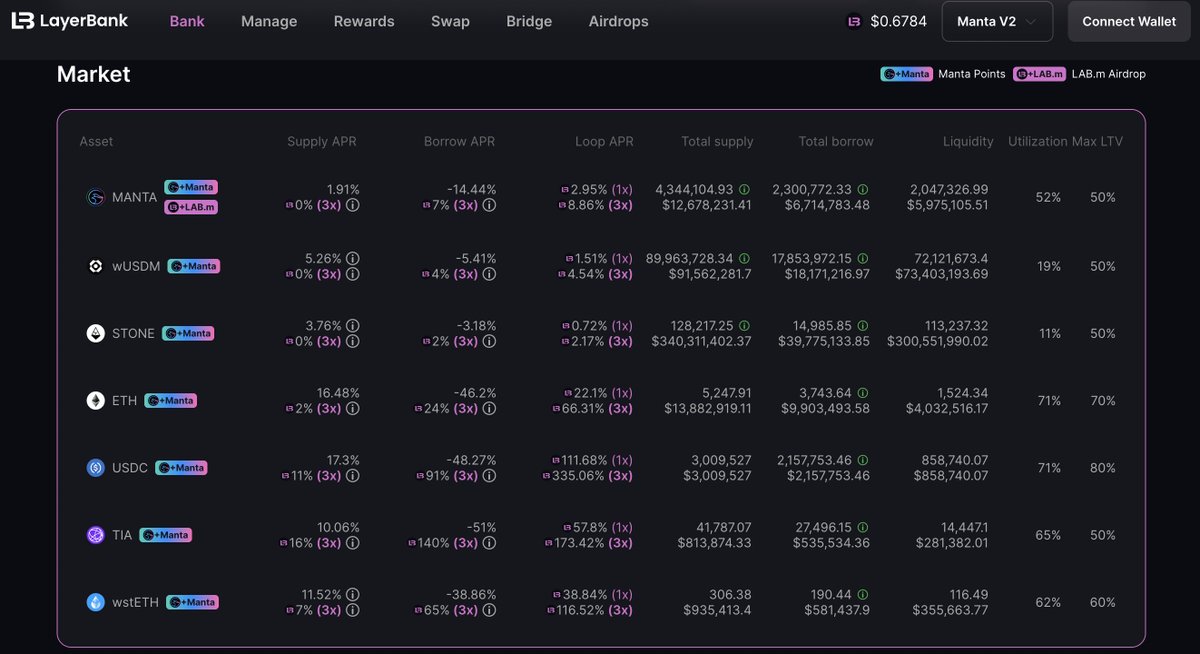#WhyZK continued:
This thread is the first part of the “Simple explanation of Zero-Knowledge Proof” series. In this series, we’ll try our best to explain concepts and terms related to zero-knowledge proof in a Sudoku example that’s easy to understand.
This thread is the first part of the “Simple explanation of Zero-Knowledge Proof” series. In this series, we’ll try our best to explain concepts and terms related to zero-knowledge proof in a Sudoku example that’s easy to understand.
https://twitter.com/MantaNetwork/status/1605165349431029761
In classic Sudoku, we play it on a grid of 9x9 space. There will be nine boxes made up of 3x3 spaces. Each box, each column, and each row should be filled out with numbers from 1 to 9 exactly once each.
Both Doctor Strange and Hulk love playing the Sudoku game.
Both Doctor Strange and Hulk love playing the Sudoku game.
Dr. Strange challenges Hulk with a hard Sudoku puzzle. ‘This is so hard. Does it have a solution?’ Hulk asks. ‘Yes, I already figured it out.’ Dr. Strange wants to prove that he knows how to solve the puzzle w/o letting Hulk see the answer. This is the ‘zero-knowledge’ proof.
Doctor Strange pulls out 81 cards to stimulate the game, as shown in the picture below. While Hulk waits outside the room, he solves the puzzle and flips down all the answers. 

Doctor Strange then takes out nine paper bags and invites Hulk into the room. He asks Hulk to collect the nine cards in a random row and put them in one bag: “If we have nine cards in the bag with the numbers from 1 through 9, it should prove that I could solve the puzzle.” 

Doctor Strange also invites Hulk to pick any column or box. Hulk is convinced that Doctor Strange can solve this puzzle but still has no clue what the answer is.
There are two parties in Zero-knowledge proof, a Prover, and a Verifier. The prover (Dr. Strange) generates a proof, and the verifier (Hulk) validates the proof without acquiring more information other than “this statement is true,” AKA zero-knowledge.
Properties of ZKP:
✨ Completeness: If the statement is true, then the prover can prove to the verifier that his statement is true. What’s true can never be false.
✨ Completeness: If the statement is true, then the prover can prove to the verifier that his statement is true. What’s true can never be false.
🔊 Soundness: If the statement is false, then the prover cannot prove that his statement is true to the verifier. What’s false can never be true.
🔒 Zero-Knowledge: While verifying, the verifier will not get any other information besides the ‘proof’ itself.
The verifying process in the story is called ‘Interactive Proofs’ because there are continuous interactions between the prover (Dr. Strange) and the verifier (Hulk). How can we avoid collusion between provers and verifiers?
We will discuss that in the next #whyzk series 👨🏫
We will discuss that in the next #whyzk series 👨🏫
• • •
Missing some Tweet in this thread? You can try to
force a refresh












